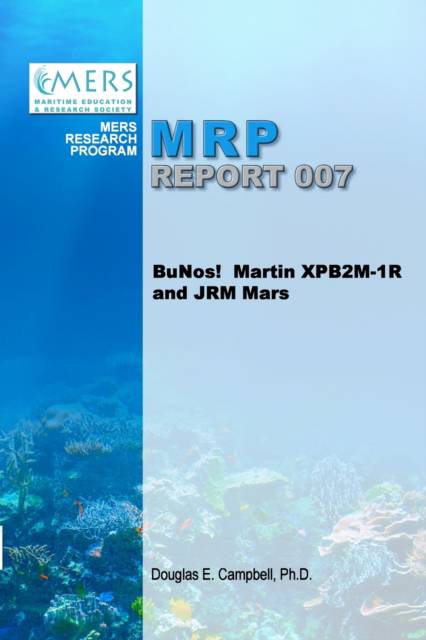
- Afhalen na 1 uur in een winkel met voorraad
- Gratis thuislevering in België vanaf € 30
- Ruim aanbod met 7 miljoen producten
- Afhalen na 1 uur in een winkel met voorraad
- Gratis thuislevering in België vanaf € 30
- Ruim aanbod met 7 miljoen producten
Zoeken
Omschrijving
Glenn L. Martin's Mars aircraft, the largest operational seaplane manufactured in the United States, had its beginnings based on an earlier seaplane Mr. Martin built-the Pan American Airlines' "China Clipper." What began In 1938 as a four-engined "aerial battleship" carrying ten tons of bombs-complete with a wingspan of 200 feet and a two-story hull 120 feet long-the XPB2M-1 prototype Mars soon transitioned to a trans-Pacific transport and air passenger airplane mostly flying between Naval Air Station Alameda, CA, and Honolulu, HI. After the prototype, the U.S. Navy ordered 20 more under the JRM designation, although only six were eventually built. Named Philippines, Hawaii, Marianas, Caroline, a second Hawaii and Marshall Mars, only two exist today as static display fire-fighting behemoths at Sproat Lake near Port Alberni, British Columbia, Canada. This book is the story of these seven aircraft.
Specificaties
Betrokkenen
- Auteur(s):
- Uitgeverij:
Inhoud
- Aantal bladzijden:
- 110
- Taal:
- Engels
Eigenschappen
- Productcode (EAN):
- 9781365286230
- Verschijningsdatum:
- 23/09/2021
- Uitvoering:
- Paperback
- Formaat:
- Trade paperback (VS)
- Afmetingen:
- 152 mm x 229 mm
- Gewicht:
- 158 g

Alleen bij Standaard Boekhandel
+ 57 punten op je klantenkaart van Standaard Boekhandel
Beoordelingen
We publiceren alleen reviews die voldoen aan de voorwaarden voor reviews. Bekijk onze voorwaarden voor reviews.











